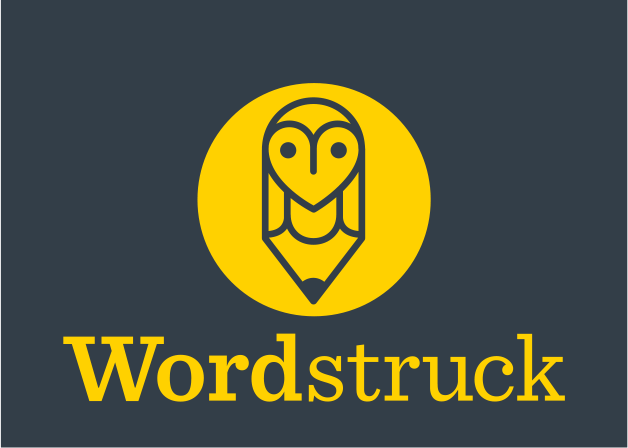Last week, I delivered a presentation to 100 senior leaders. I always start with a connection story to build rapport with the audience and to reveal something about myself. But finding the right connection story takes time. I’ll usually come up with two or three ideas until I find the one that pops.
I also have a secret weapon: my wonderful story buddy, Sonya. No, Sonya isn’t a bot. She’s a real person! We help each other hone our stories, test our beginnings and endings, make sure each story has a solid point.
Four years ago, I would have had a sleepless night before such a presentation but with time and practise, I’m getting more comfortable in front of a business audience. Each time I focus on something different and this time it was to give the group an experience of connection – fast.
When I started, the energy seemed a little flat. Stories can shift that. So, at the last minute, I changed the start of my presentation and after my connection story, I showed a short video, and then asked people to share stories. First in pairs, then in plenary.
Immediately, people started to engage. To connect. To laugh. Spontaneity helps here. The more spontaneous I can be, the more people respond ‘in the moment’.
At the end of the presentation, I left energised and the room was buzzing. For me, that’s the sign of success — when I connect with the audience and between us, we co-create something new, and this magical feedback loop happens between people. Then everyone’s spirits rise.
So this week it’s all about what you can do to make your presentations crackle, snap and pop.
Prepare for Success
Your presentation doesn’t start when you get on stage. Rather, it starts days, weeks, even months, before. The best presenters will spend hours practising in front of the mirror or to people they trust.
- Take time to plan out your presentation.Rather than start with the slides, think about the overall message you are making. What is the one point you want the audience to know? How do you want them to feel when they leave? Work backwards from there.
- If you’re using slides, don’t cram them with numbers and words.TED Talks will often have only 40 words over 15-20 slides. Yup, you read that right. Each slide only contains one point, sometimes one word, with a photo.
- Recognise that presentations take time. Apple spent 250 hours for one 20-minute presentation, from the presentation design, to the technical expertise, to the execs delivering the final presentation.
- Think about your beginning.I always encourage people to use a connection story at the start. You want to link the point of this story to the overall presentation so there’s alignment.
- Our brains are more active when we hear stories.A powerpoint slide filled with bullet points and text activates only the language-processing centre of the brain, but stories use the whole brain and activate language, sensory, visual and motor areas.
- Beforehand video yourself on your smartphone.It’s excruciating but you’ll soon see how you can improve.
- Time your presentation to ensure you don’t run over.
- If it’s a major presentation, practise in front of a colleague or friends.Here are a few good questions to ask them at the end:
- Do I sound conversational?
- Is there enough variety in my tone and pacing?
- How are the visuals? Do they help or are they distracting?
- Do I have any annoying traits, like clicking my tongue, swallowing too often, moving side to side, etc.?
- Any moments where you got bored?
Practise, practise, practise!
Own your audience
There’s no real one-size-fits-all solution to becoming a seasoned presenter, but these tried and tested techniques can ensure that you claim your audience’s attention.
Let’s count the ways:
- Deliver a dose of drama.Your first words could make or break your presentation, so make them as compelling as possible. A little drama never hurts and is a great way to capture attention.
- Start right where they are.This ensures that you and your audience are on the same page and they engage straight away.
- Spark curiosity.Ask a provocative question or introduce a concept that would create a ‘knowledge gap’ for the audience. It’s your job to fill this gap.
- Use visuals.Make your powerpoint zing with a compelling video — this gives you a break from talking and brings in other voices. Also, surprise people with a prop or artefact linked to the presentation.
- Tease.Keep the audience interested with a well-placed tease. Indicate where you’re going with the talk without giving too much away.
- Introduce concepts one by one.Don’t just dump everything in their laps.
- Use metaphors. A timely and appropriate metaphor makes your points digestible and relatable. They’re also remembered better because they connect emotion with logic.
The Big Day
Finally, the day of your presentation is upon you. You’ve got your talk or keynote ready and you’ve rehearsed as much as you can.
Here are some things to ensure you own that stage:
- Familiarise yourself with the venue. As well as the technology and the lighting.
- Check the microphone if you’re using one.Avoid wearing clunky jewellery that could cause unnecessary noise. If you’re using a wireless microphone box, wearing a belt is a great idea.
- Keep a bottle of water close by.Also keep a copy of your speech or cue cards close as a backup plan.
- Feel your feet on the ground. Stay grounded.
- Smile.When you walk on stage, take a moment to smile and make eye contact — at someone you know, or at the audience in general.
- Make it like a conversation.When you begin your presentation, imagine you’re having a conversation with a friend.
- Be mindful of your voice. That’s to say, your pitch, volume, and pace.
- Be conscious of your breathing and posture.Remember that your body language should be consistent with your message.
- If you’re moving around the stage, do so with purpose.
- If you stumble or forget your words, turn to your backup plan.Apologise and even make a joke. Audiences are usually forgiving.
- Keep going. Use your slides or visuals as a guide to keeping you on track.
- Most importantly, enjoy it!You’ve worked so hard to get to this point. Remember that you’re on stage doing this presentation because you know your stuff. This is your time to shine.
Any other great tips, let me know. I’m the forever beginner, always learning.


